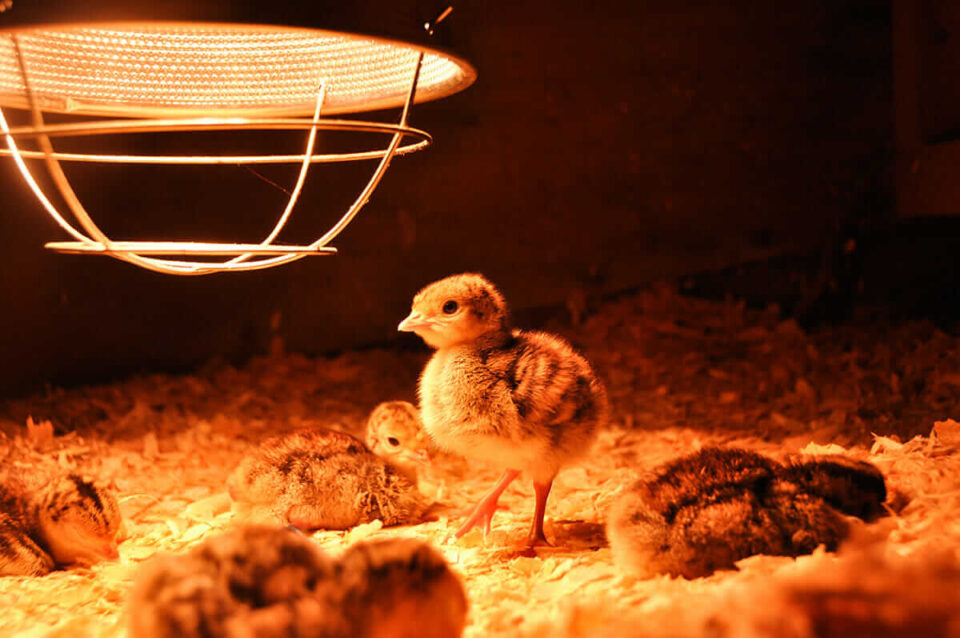In poultry farming, the environment is everything. Among the many factors that influence flock performance, heat and light stand out as two of the most critical. When managed correctly, they promote strong growth, consistent egg production, and overall bird health. But when neglected or mismanaged, they can cause stress, disease, and devastating economic losses.
The Impact of Heat on Poultry Performance
Heat stress is one of the biggest environmental challenges faced by poultry farmers, especially in warm climates. Chickens lack sweat glands, so they rely on panting and wing-flapping to regulate their body temperature. Their thermal comfort zone lies between 18°C and 24°C. Once temperatures climb above this range, birds begin to eat less to reduce internal heat generation.
This reduced feed intake leads to slower growth in broilers and lower egg production and shell quality in layers. In extreme cases, prolonged exposure to heat can cause dehydration, organ failure, and death.
To prevent this, farmers must prioritize effective cooling and ventilation. Good airflow removes heat and humidity, creating a more comfortable environment. The use of fans, evaporative cooling pads, and proper spacing between birds enhances ventilation efficiency. Water management is also crucial — birds must always have cool, clean drinking water, with electrolytes or vitamins added during hot spells to support hydration and energy balance. Feeding early in the morning or late evening, when temperatures are cooler, can help maintain appetite and performance.
Light Management: The Invisible Driver of Productivity
While heat often gets more attention, light management is just as essential for poultry welfare and output. Light influences everything from a bird’s activity levels and feeding behavior to hormonal cycles and reproduction.
For layers, light exposure directly controls egg-laying cycles. A consistent 14–16 hours of moderate light daily promotes steady egg production. For broilers, balanced light-dark cycles encourage both feeding and rest, supporting healthy growth.
Overexposure to bright or continuous light can trigger hyperactivity, feather pecking, and poor feed efficiency, while inadequate or inconsistent lighting can make birds sluggish and unproductive. Using energy-efficient LED bulbs provides even lighting without generating excess heat, and adjusting light intensity by age — bright for chicks, softer for adults — ensures birds remain comfortable and productive.
Health, Behavior, and Economic Outcomes
Mismanagement of heat and light doesn’t just affect growth — it compromises the birds’ immune systems, making them more vulnerable to diseases such as coccidiosis and respiratory infections. The resulting drop in performance, feed conversion, and survival rates can be financially crippling.
By contrast, farms that maintain optimal conditions benefit from calm, active, and healthy flocks. Birds perform better, mortality rates drop, and profits rise — proving that environmental control is both a welfare and business imperative.
Tools for Better Environmental Control
Simple monitoring tools such as thermometers, hygrometers, and light meters help farmers track house conditions in real time. Observing bird behavior — like crowding near fans or panting — also offers early signs of stress. Quick adjustments to airflow, lighting, or water systems can prevent issues before they escalate.
Conclusion
Balancing heat and light isn’t just about keeping birds comfortable — it’s about maximizing productivity through science-based management. Farmers who invest in proper ventilation, lighting systems, and attentive flock observation will always stay ahead. Healthy, well-managed birds mean better feed efficiency, higher yields, and a more sustainable poultry enterprise.



